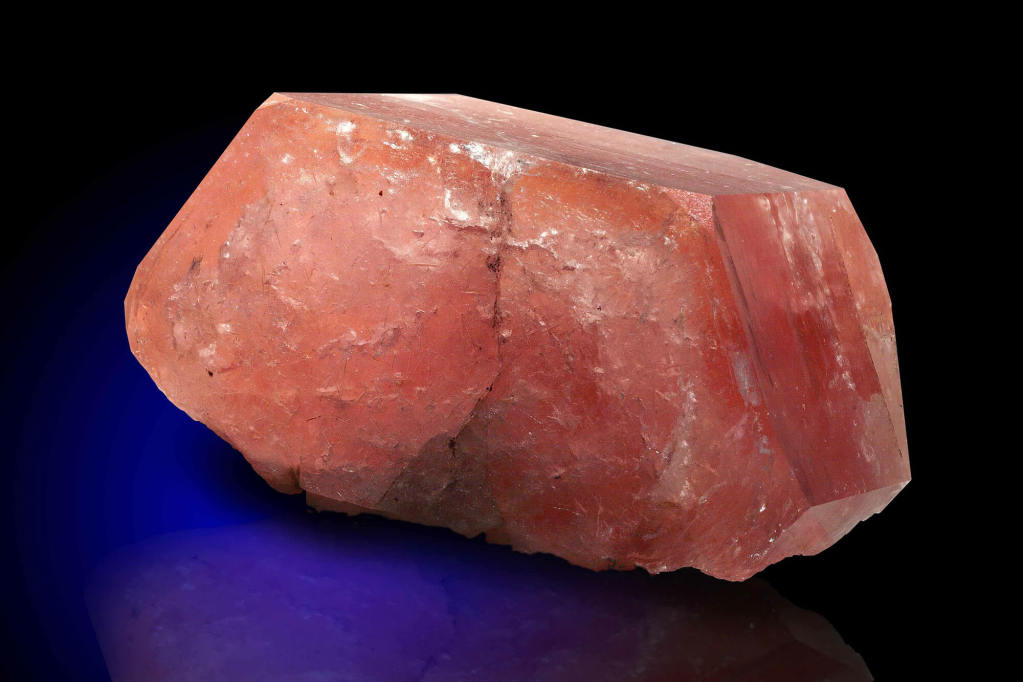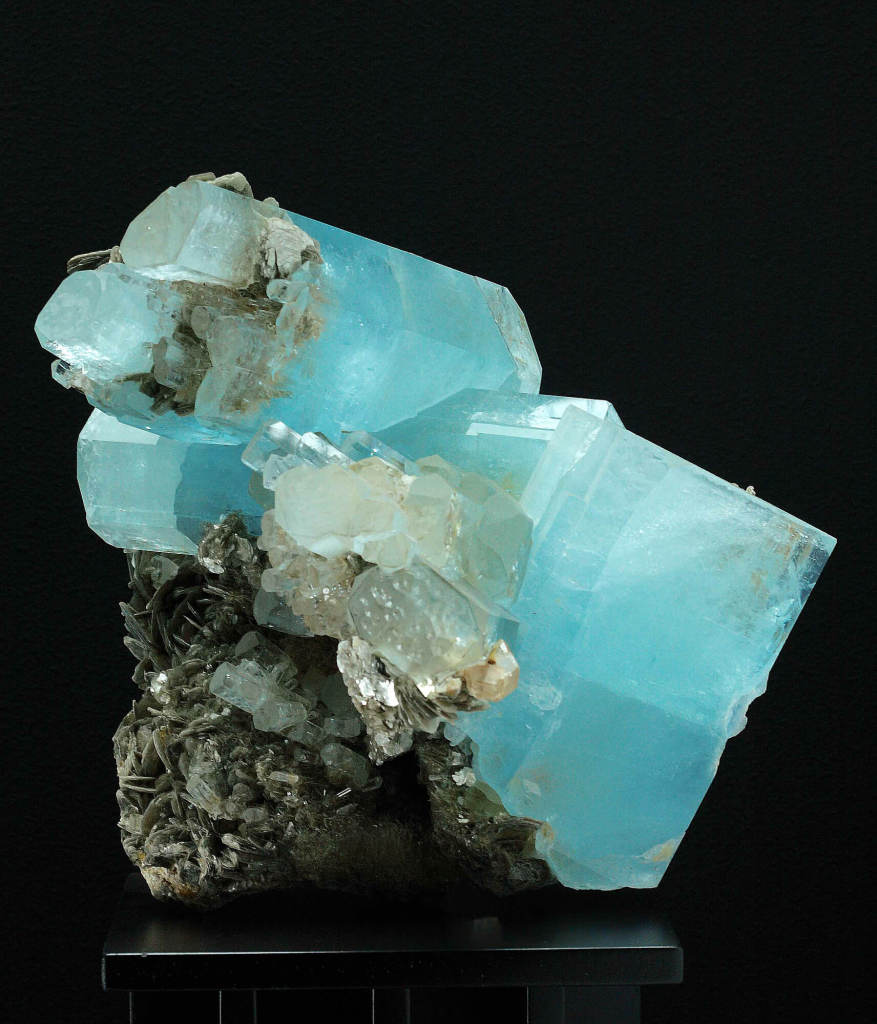Milan Museum of Natural History
Located in the Public Gardens, it is the oldest municipal museum in Milan. There is a great number of insects, mineral specimens, birds and fossils that contribute to create great geology, palaeontology, petrography and mineralogy sections.
The danger of losing (mineral) collections
We consider such a situation extremely alarming, especially for ensuring the long-term preservation of natural history collections. The state of collections scattered among several museums (most with little interest in the scientific role of their materials) is inadequate and inappropriate. In particular, we are concerned about the impending demise of important collections: the number of type specimens housed in Italian museums is indeed considerable (at least 150 mammal taxa have their original types housed in Italian Natural History Museums) and their conservation requires serious scientific preservation (Fig. 1).
Sadly, most of these types are still uncatalogued, and this task cannot be done without assuring persistence and regular turnover and increase of the curatorial personnel. Moreover, as a result of this lack of personnel, basic technical tasks for daily management and educational activities have necessarily become priorities in many museums, forcing curators to redirect their activities, and to reduce or cease their research and assistance to other scientists (Fig. 2).
The Meteorite Collection
The Civico Planetario and Museo di Storia Naturale (MSNM) in Milan hold one of the oldest and richest historical meteorite collections in Italy, which developed in the last 164 years mostly through donations from private collectors. The collection was initially entirely in the hands of the MSNM. The first two meteorites (Juvinas and L’Aigle) were already present at the time of the museum’s founding in 1838, when the Milanese noblemen Giuseppe De Cristoforis and Giorgio Jan decided to gather their significant mineralogical collections in the Santa Marta Convent (de Michele, 1978).
The collections were transferred to Palazzo Dugnani in 1863 and, according to an unpublished manuscript entitled “Le meteoriti” by Camillo Marinoni (assistant curator of mineralogy), 12 meteorites were present in 1870.
In 1913, soon after the collection was moved to the Victorian building in Corso Venezia where it is still held, the number of meteorites increased to 22 thanks to the donation of the Borromeo’s mineralogical and paleontological collections. Three meteorites were acquired in between the two world wars and a further 27 meteorites in 1950, through the donation of Francesco Mauro mineralogical collections.
Ninety-two samples of 50 falls are documented by the former curator of the mineralogical collection, Vincenzo de Michele, in a catalogue published in 1965 (de Michele, 1965) which provides the first detailed account of the meteorite collection. In 1986, the number of meteorites increased to 64, according to the list given by de Michele in a general guide to meteorites (de Michele, 1986).
Since publication 37 years ago of the first and only existing catalogue (de Michele, 1965), several specimens and samples have been traded or donated and the Civico Planetario has become an active co-sponsor of the collection; we therefore felt that it was time to revise the collection and publish an updated catalogue. Table 1 documents the 231 samples of 77 individual falls present to date (March, 2002) by providing the weight, a short macroscopic description, and the inventory number {e.g., PLM104).
Additional information about specimens, such as means of acquisition, previous inventory numbers, treatments, etc. is available from the MSMN archive. Further details regarding circumstances of the fall or find, literature and distribution of each meteorite can be found in Grady (2000) or in 77ze Meteor ideal Bulletin. Samples are available for study.






